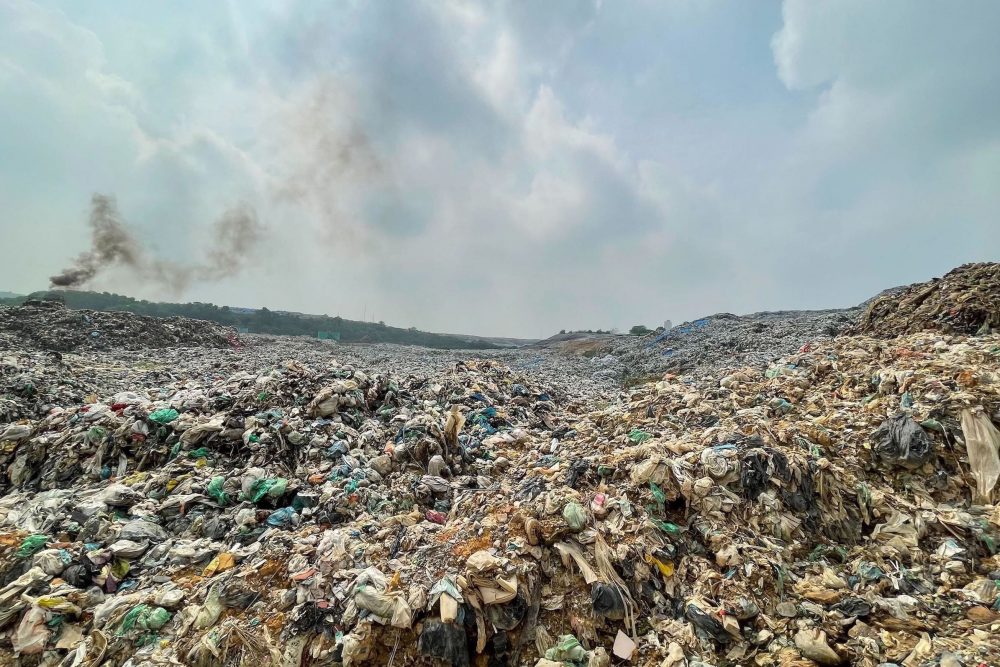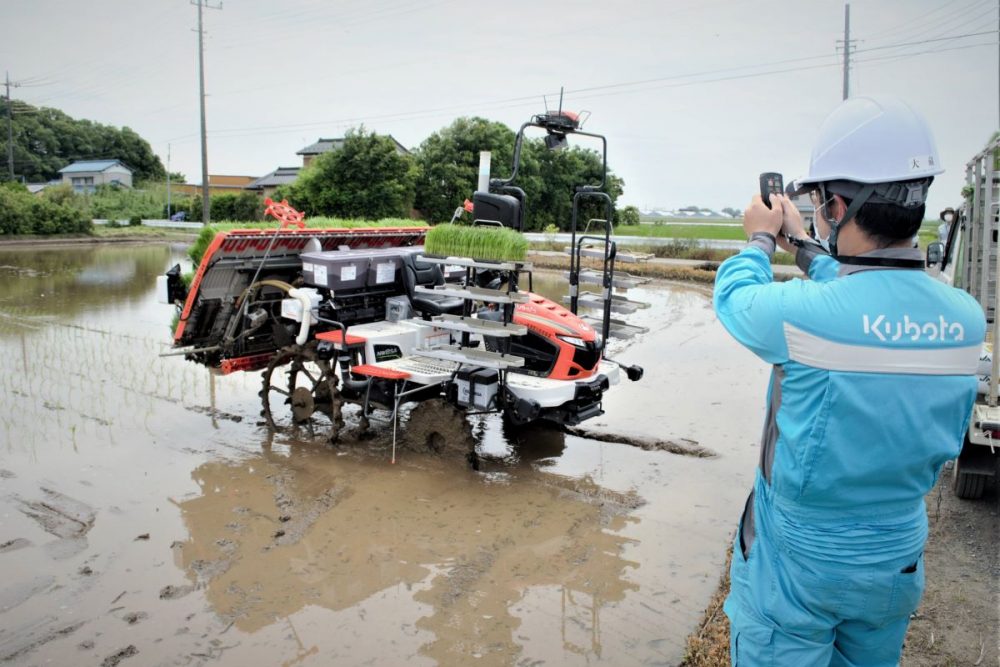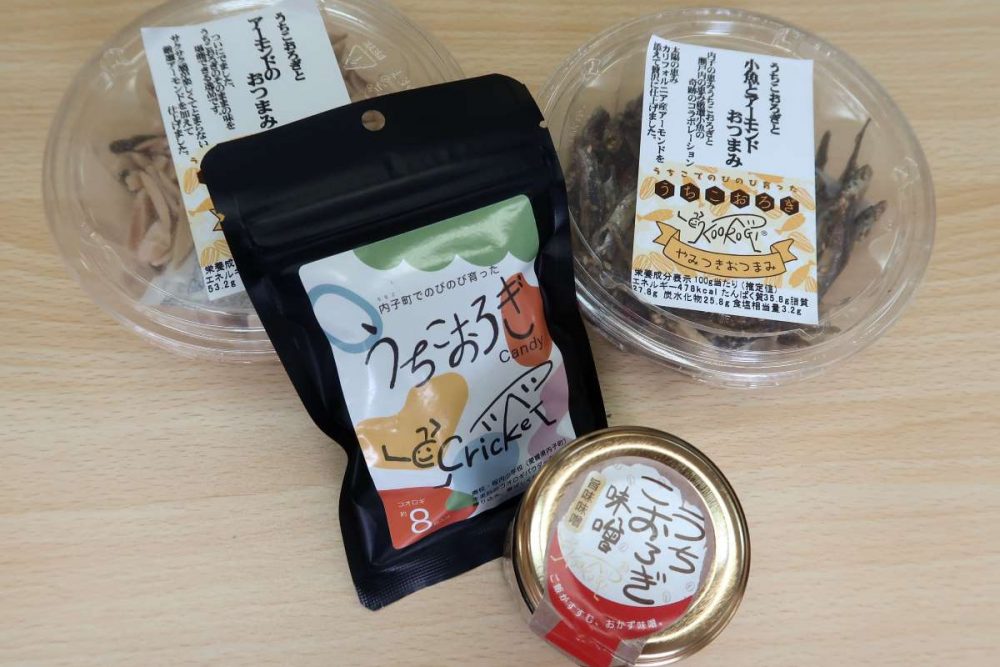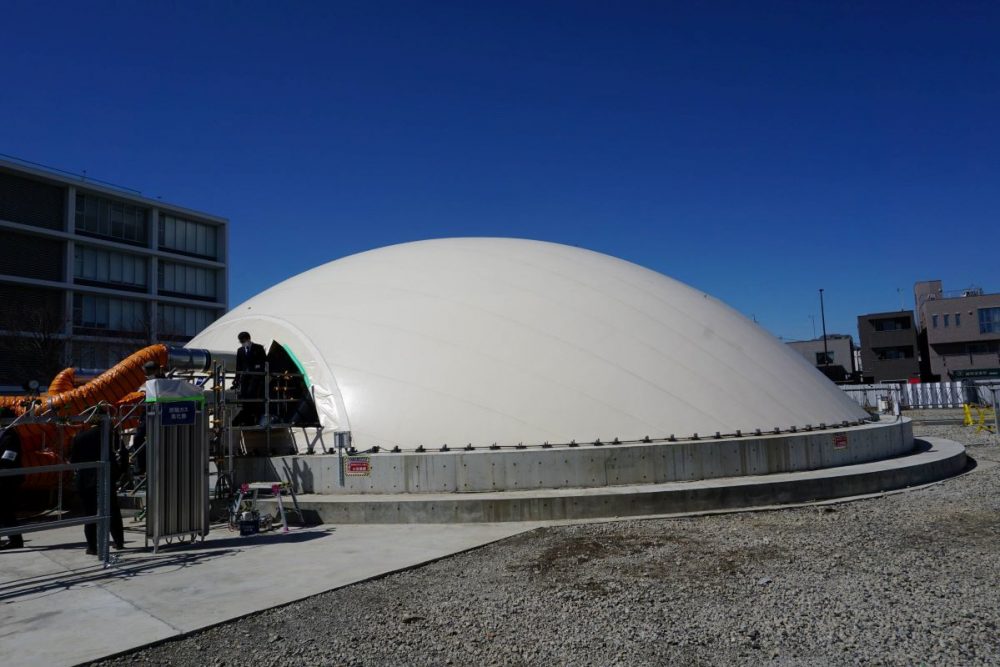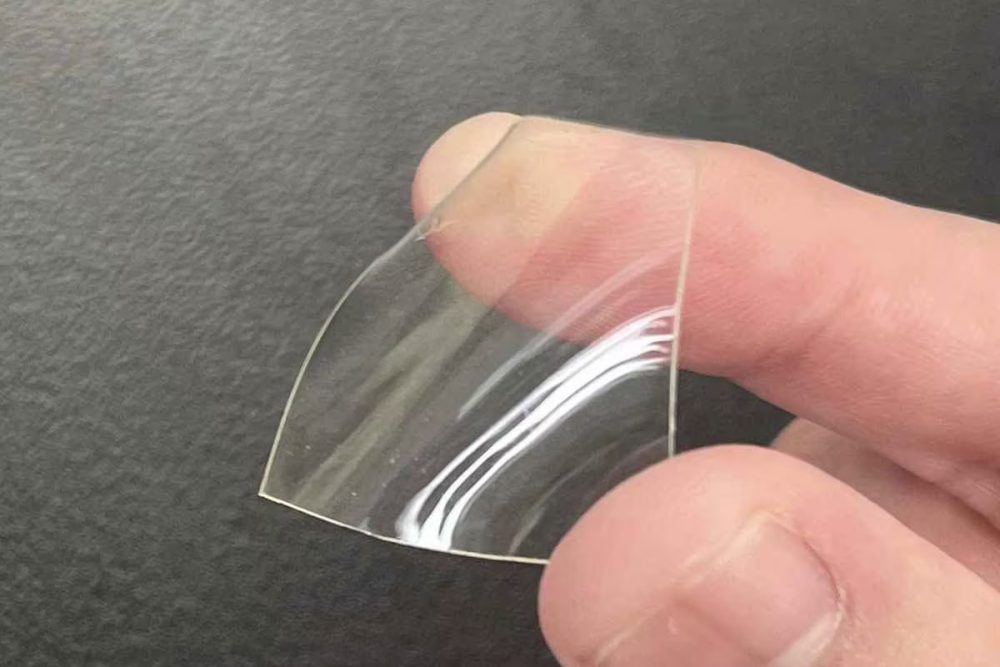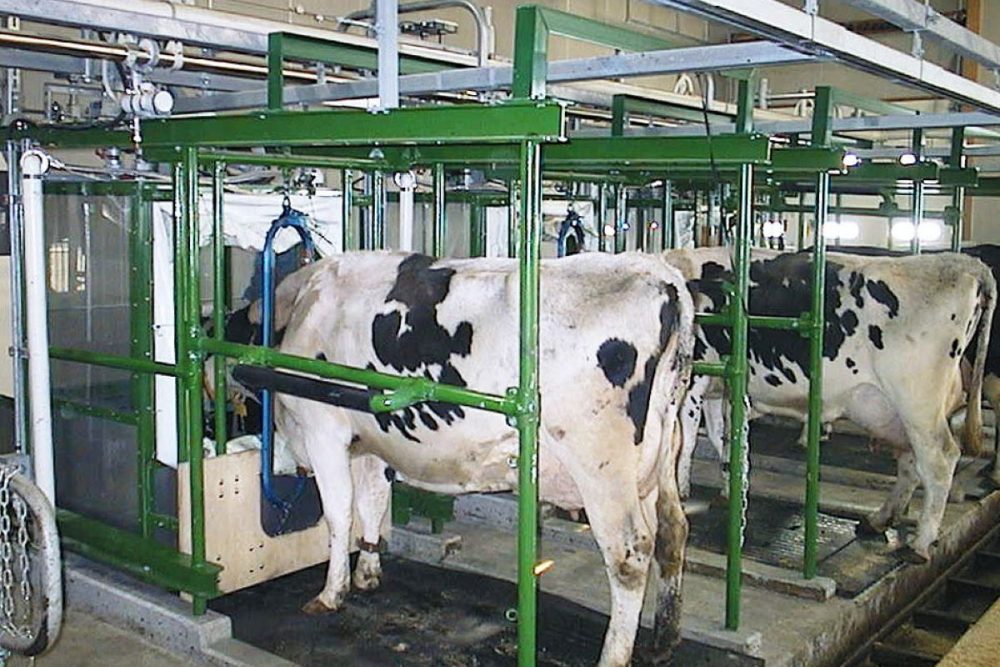Kanagawa Tests New System To Use Food Waste as Animal Feed
Companies in Kanagawa Prefecture are teaming up to close the loop and reduce food waste by utilizing food residue from processing plants as feed at pig farms.
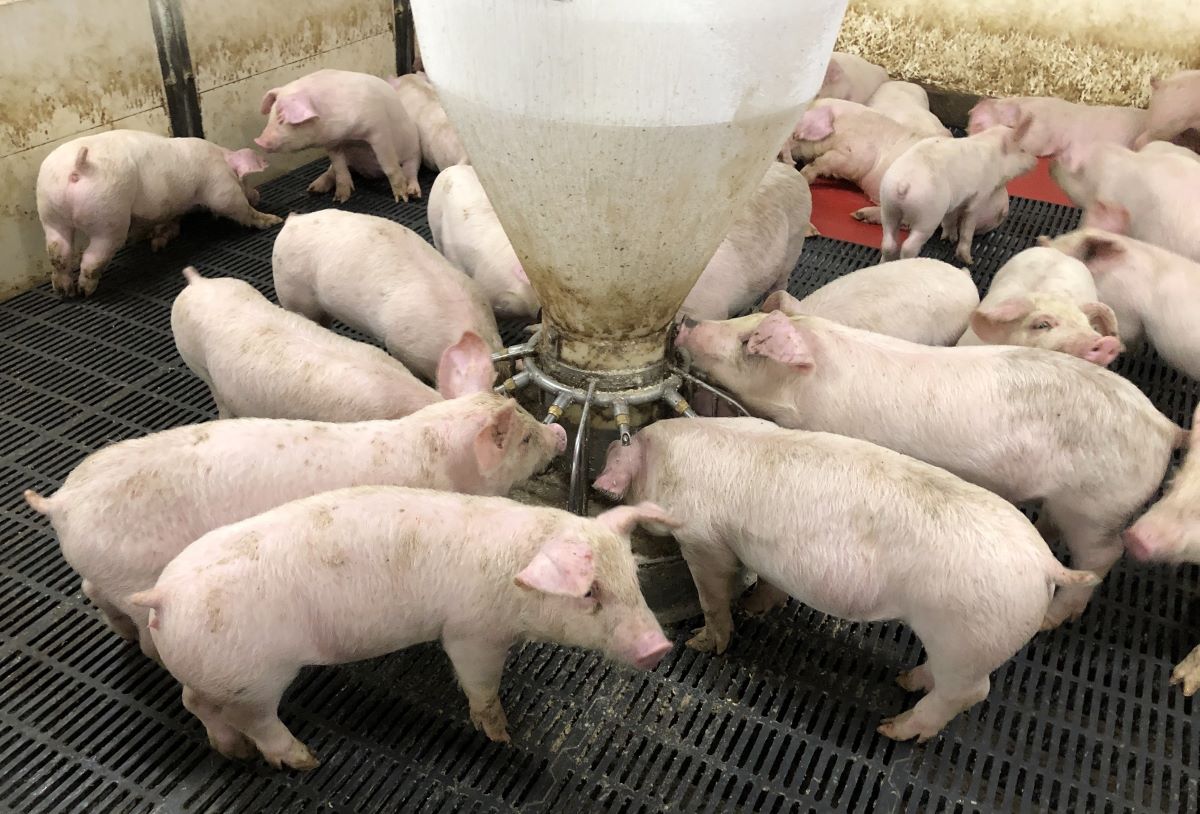
このページを 日本語 で読む
Kanagawa Prefecture and NTT East have begun testing a system for matching food manufacturers and livestock farmers. The system aims to utilize food residue, such as sub-standard items and leftover scraps from food processing plants, as livestock feed.
Amid soaring feed prices due to the weak yen and global food crisis, the system to utilize food waste is designed to support livestock farmers in the prefecture. It will take advantage of the geographical proximity of a large city and numerous food processing plants.
If farmers can break away from dependence on imported feed, they will be able to improve self-sufficiency for animal feed.
Know-How on Nutrition
The demonstration began in late April and will last about two months. Usui Nosan Co., Ltd., of Atsugi City, a company that operates pig farms, is participating alongside a producer of soy-based processed foods and a confectionery manufacturer.
On a web-based platform, food manufacturers register the types, ingredients, total quantity, and pick-up methods of foodstuffs that can be provided within a month. Livestock farmers make reservations based on this information and subsequently receive the items from food manufacturers. The prefecture and NTT East are recruiting and plan to expand the number of participating businesses to four farms and about 15 food manufacturers.
The nature and volume of food waste that will be available is impossible to predict. As such, farmers using food residue require the know-how to adjust the mix of other types of feed to maintain nutritional balance. Meanwhile, many consumers associate food residue with kitchen refuse or scraps, causing some farmers to hesitate to use it.
'Fresher Than What Consumers Eat'
Usui Nosan, a company with a 60-year history, has been using food residue as feed for more than 20 years. According to company president Kinichi Usui, food residue is not refuse.
"What we use are cut-off remnants that are exactly the same as the manufacturer's products. Since we take them directly from the processing plant, they are actually fresher than what consumers end up eating," Usui explains.
The use of cheese and other dairy products for feed improves the taste of meat. Meanwhile, mixing cacao bean husks into feed has added benefit of eliminating odors from pig farms.
Grain prices have risen due to the crisis in Ukraine. Combined with depreciation of the yen, the price of imported feed is skyrocketing.
In the pig farming industry where feed accounts for over 50% of total costs, businesses are feeling the pinch. Demand for relatively inexpensive food residue is increasing.
Large farms in the northern Kanto region are even going to processing plants in the prefecture to collect the food waste themselves.
A representative from the division in charge of livestock farming at the prefectural government commented, "This is one of our measures to cope with high feed prices. We would like to increase the number of participating companies."
Model for Next-Gen Urban Livestock Production
Modern pig farming in Japan is said to have originated in Yokohama. In the latter part of the Edo period (1603-1868), a demand for pork arose from foreigners residing in the area after the opening of the port. Pig farming then spread throughout the prefecture.
After World War II, the industry supported the reconstruction of the area and provided a valuable source of protein. Urbanization has reduced the scale of the industry today as it has changed with the times.
Smaller-scale livestock farming and cooperation with the food processing industry now supports the population in the Tokyo metropolitan area. In that sense, it may serve as a model for the next generation of urban livestock farming.
このページを 日本語 で読む






